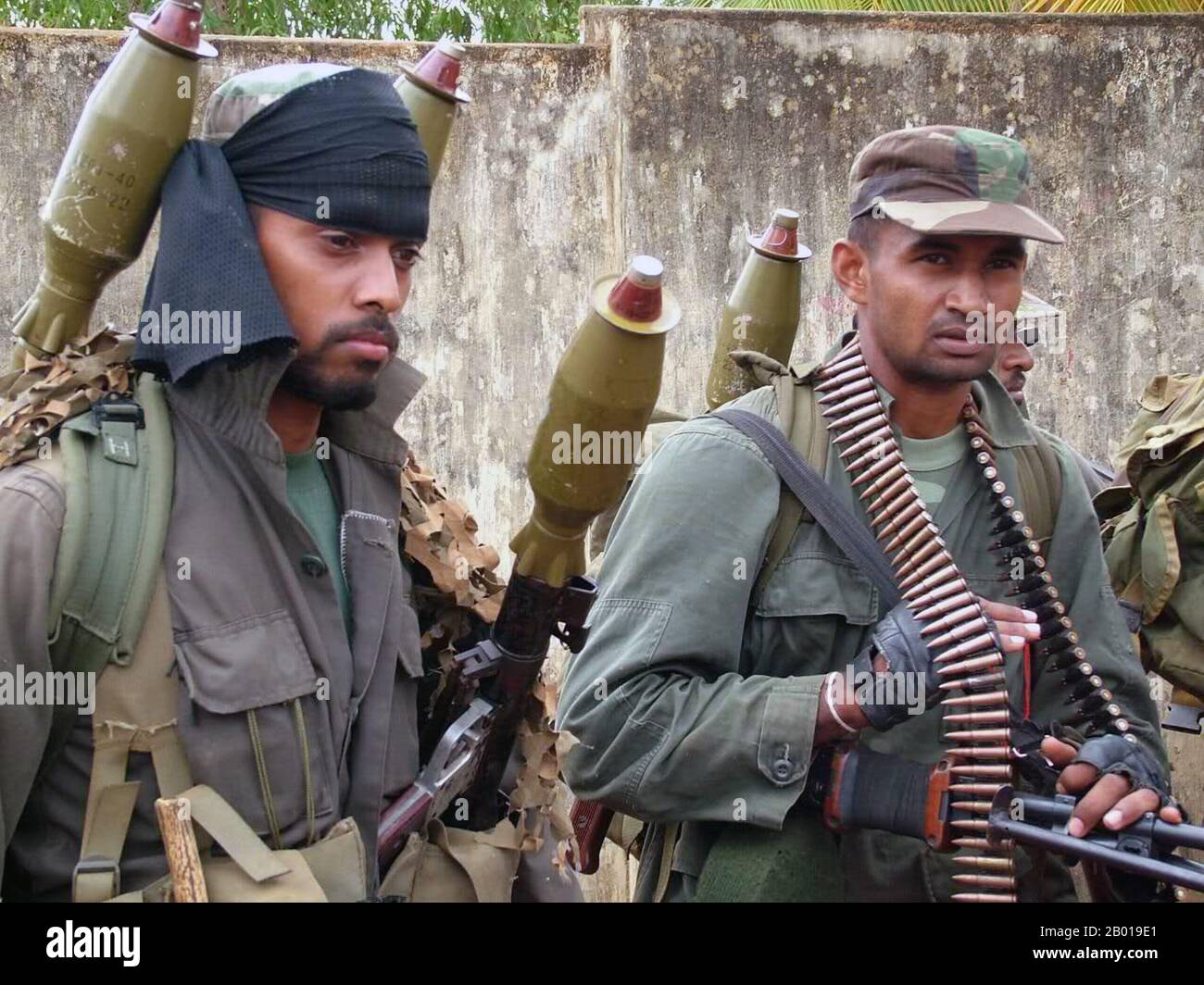
In February 2006, the Tamil Tigers and the Sri Lankan government met for the first time since 2003 and agreed to extend the ceasefire. But the Sri Lankan Supreme Court struck it down. The controversial agreement had the groups share responsibility for the money allocated for the disaster's survivors. When billions of dollars in foreign aid flowed into the country for tsunami relief, the Sri Lankan Monitoring Mission brokered a deal between the Tamil Tigers and the government. However, in the aftermath the Tamil Tigers were reportedly preying on tsunami orphans to use as child soldiers, according to UNICEF. When the Boxing Day tsunami hit Sri Lanka in 2004, the civil strife was set aside as the country struggled to deal with the worst disaster in its history.Ībout two-thirds of the damage was in the northeastern areas of the island, parts of which were then Tiger territory. But talks broke off in 2003 and violence flared up yet again. The Tigers and the Sri Lankan government agreed to a Norwegian-brokered ceasefire in 2002 that a war-weary public hoped would bring lasting peace. UNICEF, the United Nations Children's Fund, said they recorded more than 6,000 cases of children recruited by the LTTE between 20. The Tigers have been known to use women and children in their suicide attacks. On May 21, 1991, a suspected female member of the LTTE assassinated Indian Prime Minister Rajiv Gandhi in the Indian state of Tamil Nadu in an apparent act of revenge against India for sending a peacekeeping force who ended up fighting the rebels. It also reached an agreement with India to deploy an Indian peacekeeping force to curb the violence in northern Sri Lanka.īut the peacekeeping force soon found itself embroiled in the bloody conflict and eventually withdrew. In 1987, India and Sri Lanka signed an accord in which Colombo agreed to create new councils for Tamil areas in the north and east. The Tamil Tigers wanted an independent state in north and eastern parts of Sri Lanka. In the 1980s, the Indian military service became involved in the conflict by helping train and arm the Tigers. It was a civil war that would claim more than 70,000 lives over 26 years. That marked the beginning of what the Tigers call the First Eelam War between the Tamil separatists and Sinhalese-dominated government. It also forced thousands of Tamils to flee the country. In 1983, 13 Sinhalese soldiers in northern Jaffna were killed in an ambush by Tigers, sparking anti-Tamil riots that led to the deaths of an estimated several hundred Tamils. The Tigers were fighting for an independent state in the north and eastern parts of Sri Lanka, an area they refer to as Tamil Eelam, until the government declared victory over them in May 2009. LTTE, considered a terrorist organization by Canada, was known for its suicide attacks and was said to have pioneered the use of suicide vests.


The rebel group's roots can be traced back to 1974, when several Tamil militants created the Tamil New Tigers (TNT). LTTE was officially founded two years later, in May 1976, by Velupillai Prabhakaran and members of the TNT. Women's Combat Force of Liberation Tigers (WCFLT).Tiger Organization Security Intelligence Service (TOSIS).


 0 kommentar(er)
0 kommentar(er)
